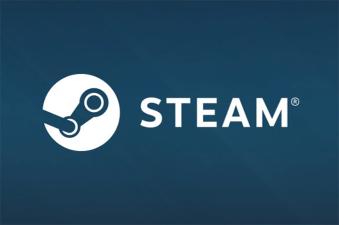Valve has officially ended Steam support for Windows 7, 8, and 8.1 users as of the beginning of this year. The gaming platform had previously announced that these older operating systems would no longer be supported from January 1, 2024. While Steam may still function on these versions for the time being, no further updates will be provided, leading to potential incompatibilities and security vulnerabilities over time. Steam's cessation of update rollouts is primarily because the software demands modern features and security improvements available only in Windows 10 and newer versions. Valve strongly encourages users to upgrade to a more recent version of Windows to ensure continued access to Steam's services and games. The platform relies on technologies like the Chromium Embedded Framework, which are not supported on outdated Windows systems.
Why did Valve stop supporting Steam on older Windows versions?Valve discontinued support for Steam on older Windows versions because they lack the necessary features and security enhancements that are only available on Windows 10 and above. Additionally, the Chromium Embedded Framework, which Steam uses, no longer functions on outdated Windows operating systems, posing a risk to both functionality and security.
As a related background note, Steam is a dominant player in the PC gaming industry, offering a massive library of games and serving as a digital distribution platform for video game developers and publishers. It has become an essential tool for PC gamers worldwide, and the need to maintain up-to-date systems reflects the platform's emphasis on leveraging the latest technologies to provide an uninterrupted and secure gaming experience.







Comments
Guess it was only a matter of time before Valve gave the old Windows the boot; gotta stay fresh and secure in the fast-paced tech game. If you've been hanging onto Windows 7 like a trusty old joystick, it's time to level up and embrace the future, or risk getting left in the digital dust.
Ah, it makes sense for Valve to prioritize modern platforms – maintaining support for older ones can be a major resource sink without much benefit, given how tech moves. Guess it's just another nudge for folks to embrace those system updates, huh Keeps the gaming smooth and systems secure.
End of an era for older OS support, but it's no surprise Valve's pushing the move to modern Windows—it's all about maximizing compatibility and security for an ever-evolving Steam. Time for the stragglers to level up to current gen tech